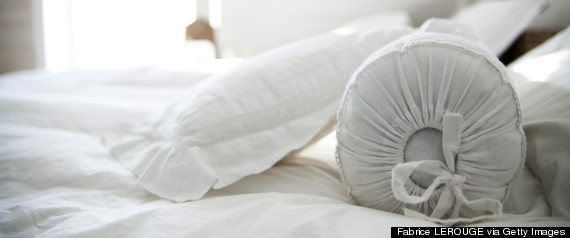When I came across the article about the gals doing research for the
Ozark Coverlet Project--my memories went back to my coverlet 'collection'!
As a weaver, sometimes there comes a point in your weaving history that you want to weave a coverlet--most coverlets are overshot patterns.
A weaving progress based on 1-2-3-4 draft
Many years ago, our weaving group decided to do overshot panels--we each graphed our pattern, gave our yarn choices to each weaver (there were 12 of us). We each wove our pattern in the weavers color choice and once finished, we had a big exchange party. Here is the result of mine--I dyed my wool yarn with indigo.
So much fun--although alot of weaving the same pattern, we knew at the end of the warp
we'd have a great collection of coverlet patterns. I wove wool yardage to put my blocks together
A dear friend had this coverlet on hand and offered it to me--what a lovely indigo dyed coverlet.
The sister of this coverlet is in this book "keep me warm one night" the best collections of
old coverlets
Here is the pattern from the book
My coverlet is in fair condition-I guess I should place it on my bed so it's not folded up to crease the yarns in places
Now, this coverlet was woven by the best weaver I ever knew in my life. Of course, you can tell
from the color choices, it was woven in the early 1970's, but I don't care--It's in 3 sections--much like older coverlets, the weaver seamed it together perfectly.
Years ago while living in California for a short while, I came across this coverlet in
a garage sale! Horrors! In a garage sale lay this lovely woven coverlet--well, it's purple, not traditional colors, but I couldn't leave it there. Even though I do not like purple I had to buy it--when asked how much. The seller said "$10!" Unbelieveable! Yes, I'll take it.
notice how the seam matches up with each motif perfectly
The edging pattern is thought out well by the weaver.
It has this awful fringe. I haven't tested it to see if it's wool, but I
don't really care. It's a coverlet woven with love by a unknown weaver and it
can live in my 'meager collection' where I'll cherish it.


























